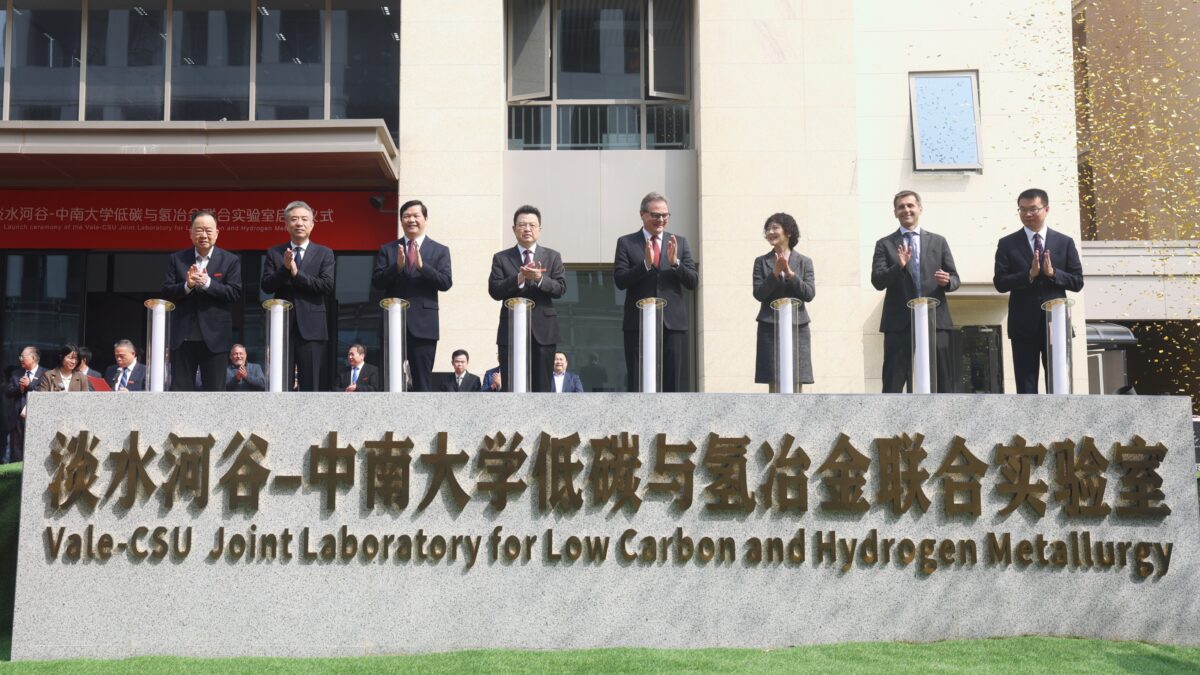Vale and China's Central South University have opened a joint laboratory for low-carbon and hydrogen metallurgy in Changsha, China's Hunan province. “Established with a donation of $5.81 million from Vale, the joint laboratory will be open to all the researchers from the mining and steel industry from today,” said the Chinese company. The laboratory includes six functional units for iron ore concentration and pre-processing, low-carbon agglomerating, functional materials preparation, the comprehensive utilization of secondary resources, carbon emissions reduction, biomass, and hydrogen metallurgy. It also features three pilot bases for low-carbon sintering, low-carbon pelletizing, and hydrogen-based direct reduction.
The Australian Renewable Energy Agency (Arena) has awarded AUD 59.1 million ($36 million) in funding across 21 research projects to support commercialization, research, and development activities covering renewable hydrogen and low-emission iron and steel. The Australian agency said that it initially allocated AUD 25 million for each of the two funding rounds. Due to the quality of the applications received, it added that it has decided to increase the total funding to AUD 59.1 million, with grant funding for successful applicants ranging from AUD 1.3 million to AUD 5 million.
This content is protected by copyright and may not be reused. If you want to cooperate with us and would like to reuse some of our content, please contact: editors@pv-magazine.com.



By submitting this form you agree to pv magazine using your data for the purposes of publishing your comment.
Your personal data will only be disclosed or otherwise transmitted to third parties for the purposes of spam filtering or if this is necessary for technical maintenance of the website. Any other transfer to third parties will not take place unless this is justified on the basis of applicable data protection regulations or if pv magazine is legally obliged to do so.
You may revoke this consent at any time with effect for the future, in which case your personal data will be deleted immediately. Otherwise, your data will be deleted if pv magazine has processed your request or the purpose of data storage is fulfilled.
Further information on data privacy can be found in our Data Protection Policy.